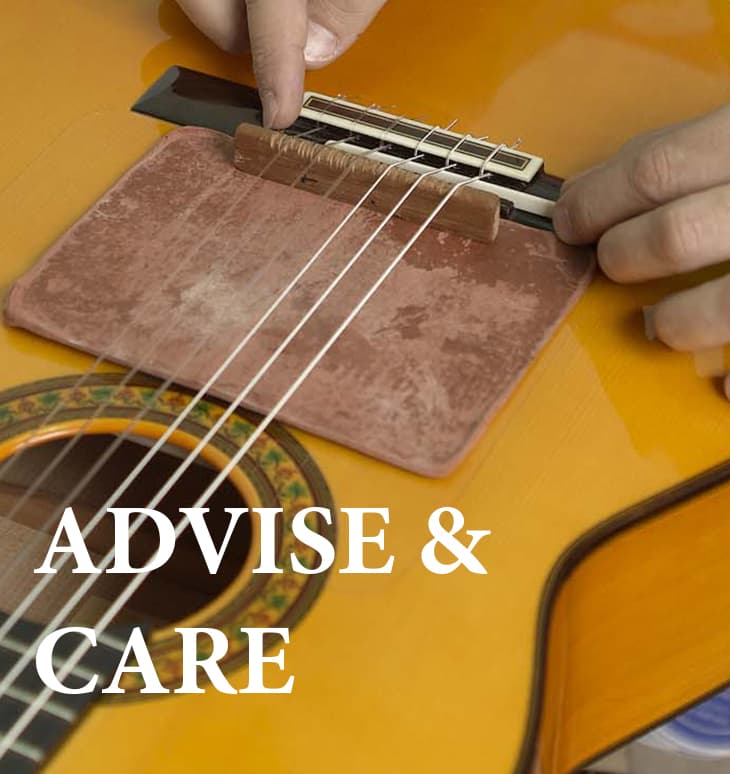

What is a Spanish guitar?
This lack of control has two faces::
- Humidity
- Dryness
Discover here all the tips for the best preservation of your guitar.
Here you can download the file where we show you what can happen to your guitar and what measures you should take. Remember that both heating and air conditioning can become enemies of your guitar if you do not control the relative environmental humidity.
Next, we offer you a series of explanatory videos that can be extremely useful for the conservation of your instrument.
How to change the strings of your guitar?
How to clean your guitar and hydrate the fingerboard?
Adjustment and pushing of your guitar
Buzzing and strange noises
Remove surface scratches
Transport and storage
This video is intended for stores and distributors, however, the guitarist must take care of some details.
